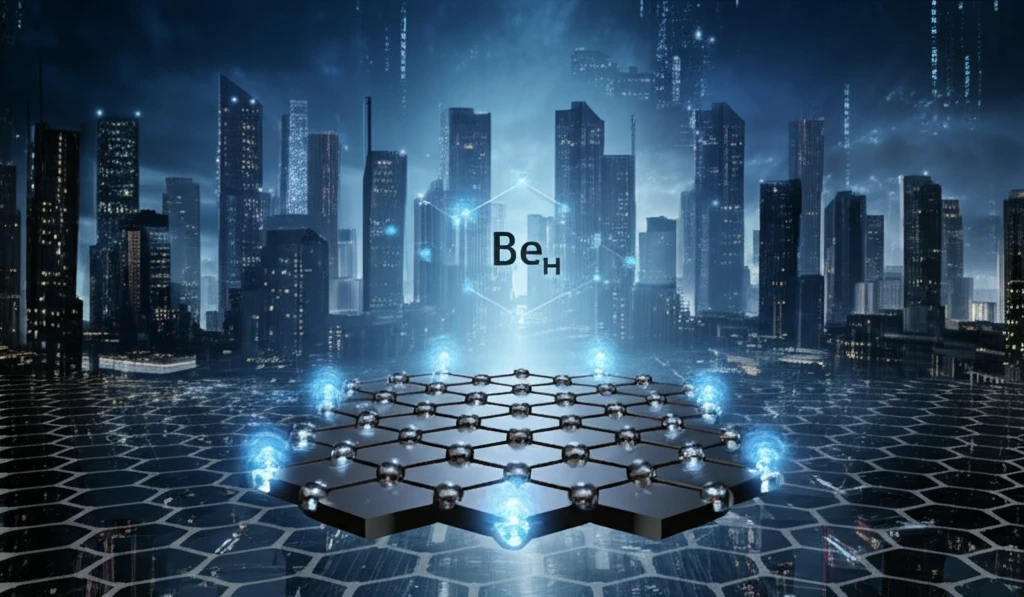
Flat Silicene: The Next Frontier in 2D Materials is Here!
"Researchers are unlocking the secrets to creating stable, flat silicene, paving the way for revolutionary advances in electronics and beyond. Here's how this silicon-based material could change everything you know about technology."
Imagine a material, just one atom thick, with the potential to revolutionize electronics. That's the promise of silicene, a silicon-based analog of graphene. Graphene, a superstar in the materials science world, is known for its incredible strength, flexibility, and conductivity. Silicene aims to bring these properties to the realm of silicon-based technology, potentially leading to smaller, faster, and more efficient devices.
However, silicene has faced a significant challenge: its inherent instability. Unlike graphene's flat, stable structure, silicene tends to buckle and crinkle, making it difficult to work with. This instability stems from the structural differences between their building blocks: flat benzene for graphene and chair-form hexasilabenzene for silicene. Think of it like trying to build a perfectly smooth surface with warped bricks—it just doesn't work.
But now, researchers are making significant strides in overcoming this hurdle. By focusing on creating flat, stable building blocks for silicene, they're paving the way for the material to finally reach its full potential. This breakthrough hinges on understanding and manipulating the interactions between electron-donating atoms and the pi-electrons that give silicene its unique properties. This new development may allow scientists to finally harness the awesome possibilities of silicene.
The Key: Flat Building Blocks

The recent study highlights a novel approach to designing flat silicene building blocks. The core concept? Attaching substituents with sp-hybrid orbitals that act as electron donors but don't interfere with the crucial pi-orbitals. It's like carefully placing supports under a structure so they provide stability without blocking the view. This delicate balance is essential for maintaining the flatness and stability of the silicene structure.
- sp-Hybrid Orbitals: Utilize substituents with sp-hybrid orbitals for electron donation without pi-orbital interference.
- DFT Calculations: Employ density functional theory (DFT) for atomic-level material property predictions.
- Honeycomb Silicon: Design honeycomb silicon molecules with BeH edges for stability and desired characteristics.
- Charge Distribution: Control charge distribution in building blocks for stable, flat silicene molecules.
The Road Ahead
While this research represents a significant step forward, the journey to realizing practical silicene-based devices is far from over. The flatness of these building blocks opens the way to constructing flat silicene ribbons or films. Further theoretical and experimental studies are required to realize flat silicene. As research progresses, the potential applications of this material become ever more enticing, promising a future where our devices are smaller, faster, and more efficient than ever before. The dream of silicene is still alive, and it's getting closer to becoming a reality.
